Laser Tattoo Removal
Break up the large particles in tattoos into smaller particles that can then be carried away by the skin’s immune system.
Break up the large particles in tattoos into smaller particles that can then be carried away by the skin’s immune system.
Laser Tattoo Removal uses a non-ablative laser to remove unwanted tattoos. The laser breaks up the large particles in the tattoo into much smaller particles that can then be carried away by the skin’s immune system.

Tattoo removal is used to permanently remove unwanted tattoos. Whether you are unhappy with the quality, don’t like how it has faded, or your taste has changed, you can remove most tattoos in a series of treatments.
It works by tracing a targeted laser beam over the tattoo to break up the pigment into smaller pieces that your body can remove naturally. The treatment is fast but does require some downtime and wound care. Laser tattoo removal can cause temporary discomfort and even pain, but the results can be dramatic and life-changing.
All tattoos are unique, and in some cases, complete removal of the tattoo is not necessary for the desired outcome. This can include those who are solely looking to lighten the existing tattoo so that they can have new tattoo artwork or a coverup piece completed over the existing tattoo.
It is important to note that full removal of a tattoo is not always achievable, and the process can take up to a year or longer, depending on the size, age, and colors of the tattoo. But for most, it can be well worth it.
Laser tattoo removal works best on older tattoos that are black or darker in color. The number of treatments you need will depend on your tattoo’s age, size, and color(s). The pigment of your skin and how deep the tattoo pigment penetrates your skin will also affect the removal technique and the number of treatments to achieve your desired results.
Laser tattoo removal can be uncomfortable. You should expect the treated area to be tender, hot, and more than likely have some blistering post-treatment. However, depending on the location of your tattoo, you can apply a topical anesthesia cream 30 minutes prior to your appointment. A Zimmer, which blows ice-cold air, will be used on the area being treated for additional comfort.
Immediately following the treatment, antibiotic cream and bandage will be applied to the treated area. Your student esthetician will go over post-care with you, discuss when your next treatment should be scheduled (typically every 6-8 weeks), and what activities should be avoided post-treatment.
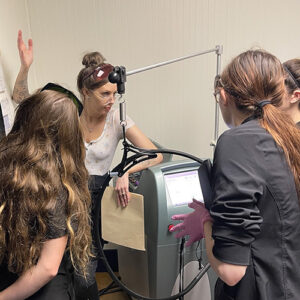
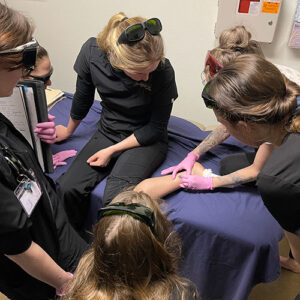

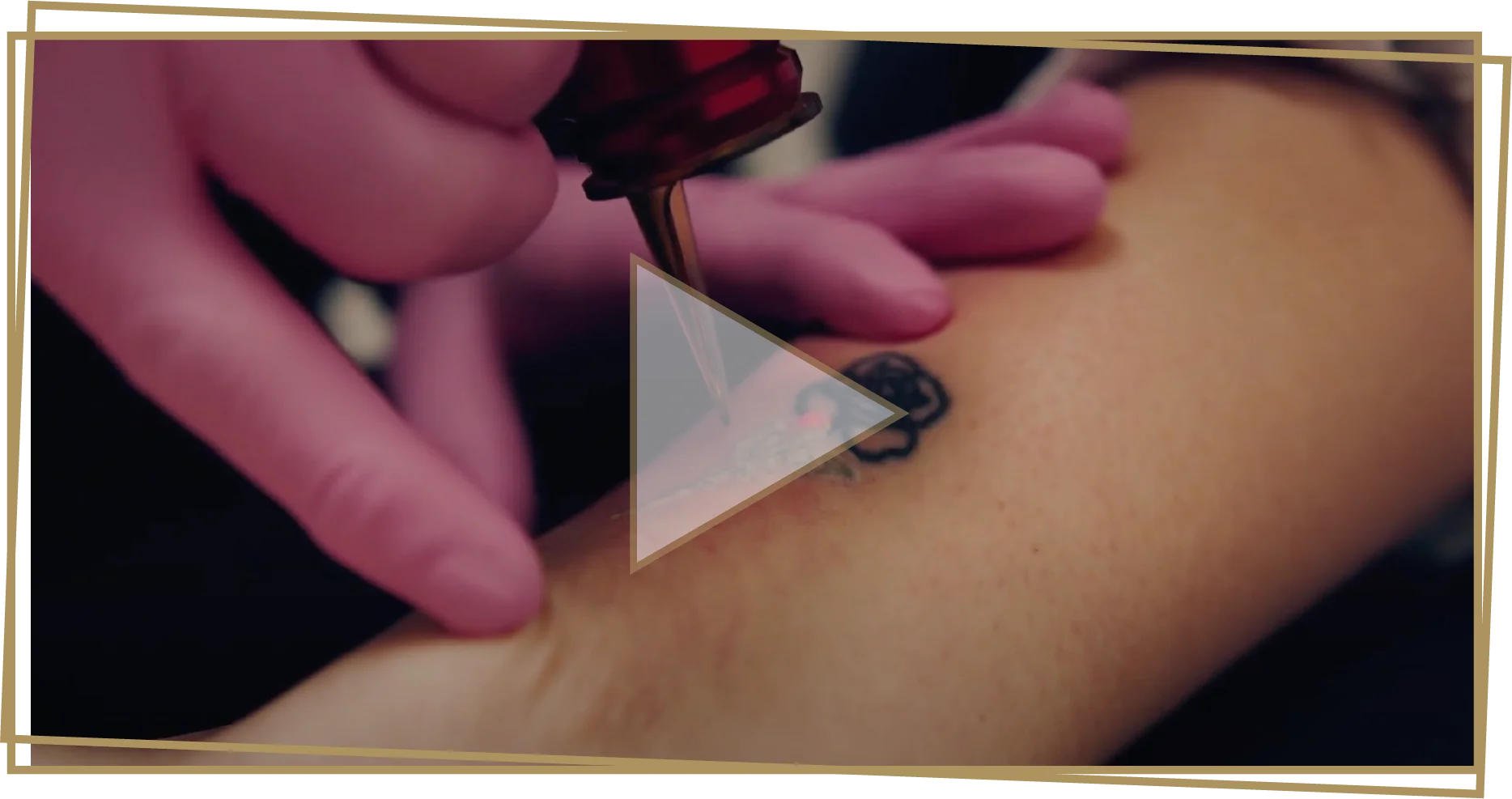
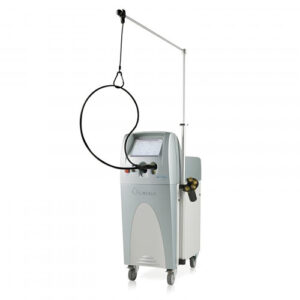
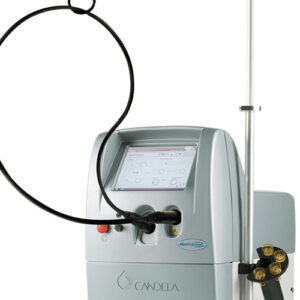
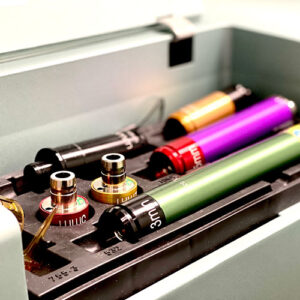
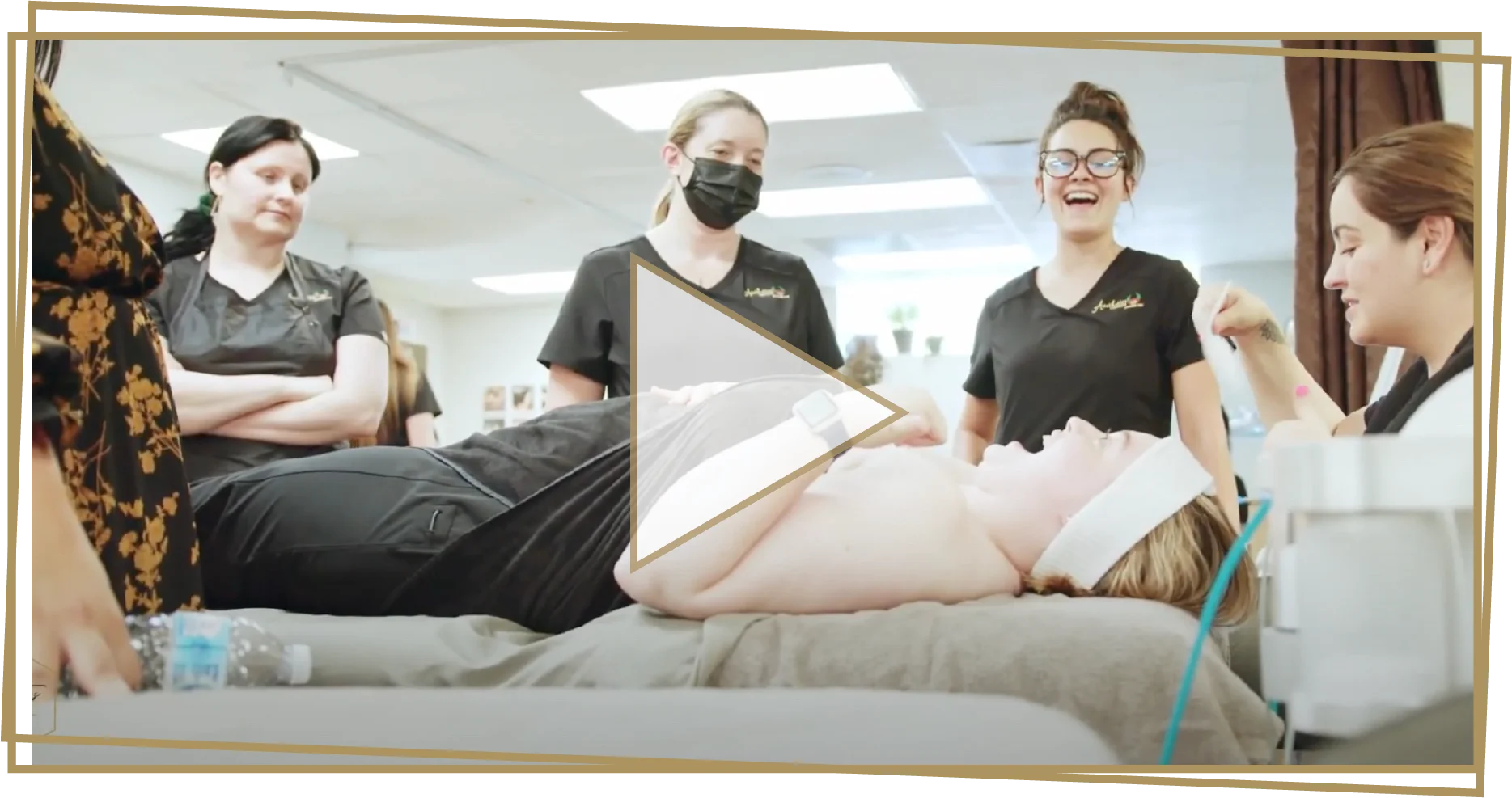
Did you know many of our advanced esthetics services can be complimented with additional treatments from the spa side of our school?
Our general esthetics program, Masters Esthetics, teaches nearly 20 different soothing facials and health-promoting skin treatments. Speak with your Advanced Esthetics student esthetician to see if a facial service, such as an enzyme facial or mask, is recommended between your advanced treatments for optimal results.